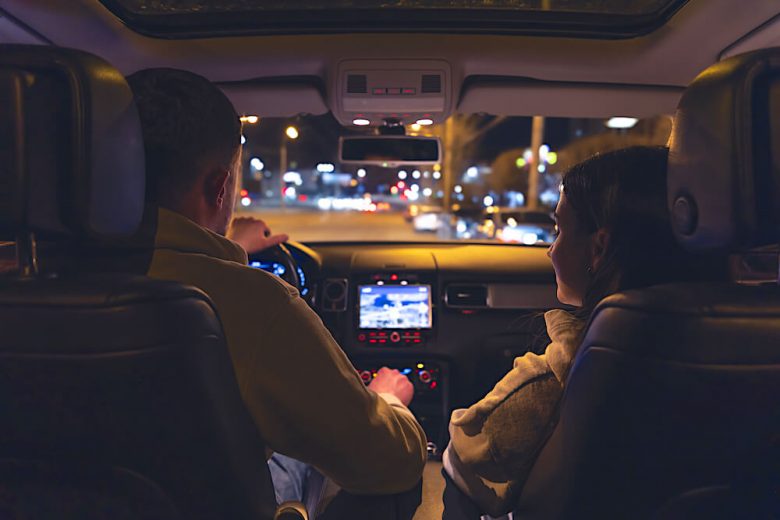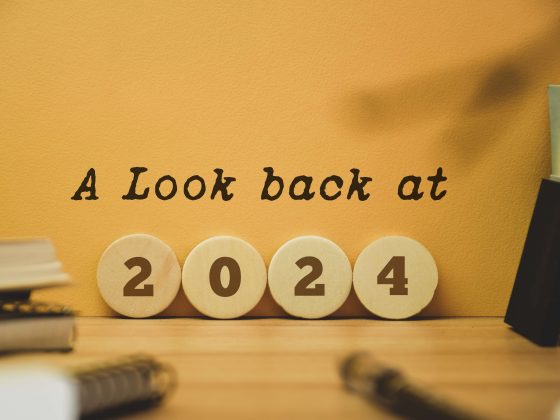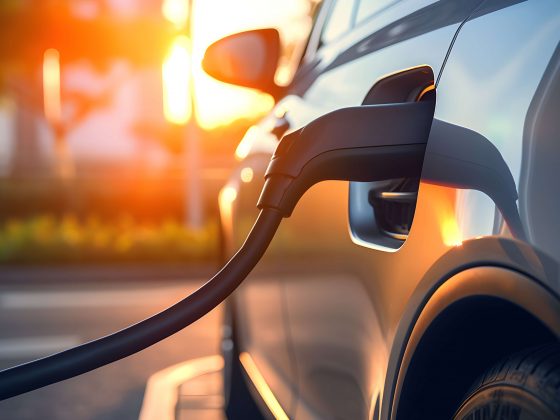As Americans just “fell back” from daylight savings time this November, everyone is experiencing an earlier sunset. For many nationwide, the 6 o’clock evening hour looks like the darkness of midnight. The days feel longer, time seems to be at a standstill, and the yawning is a lot more frequent.
Use eTags© to Quickly Complete Your DMV Service. Renewals, Title Transfers and More, All Online!

Welcome to the dark side of nighttime driving
Driving becomes more dangerous too, as the days are shorter resulting in decreased visibility, drowsiness, and more drunk drivers on the road. In fact, an analysis of fatal car accidents proved 70% of drunk driving crashes resulting in death transpire after dark. This according to MoneyGeek’s compiled data from the Bureau of Transportation Statistics and the National Highway Traffic Safety Administration.
Driving at night affects your depth perception, compromising your ability to see objects in three dimensions. Their width, height, size, and how far these objects are from you. For instance, nighttime driving can stop you from “seeing” how close a stop sign is relatively to where you are. You may think you have ways to go, but in fact you’ll have to hit the brakes hard for a hard stop.
The National Sleep Foundation says young people are at the highest risk for drowsy driving — especially males under the age of 26; 55% of drowsy driving crashes involve drivers under 25 years old
Driving at night is nine times more fatal
When taking a close look at nighttime driving, data from BTS (which is part of the Dept. of Transportation) and NHTSA says it’s nine times more fatal than driving during the day. For California drivers, it’s 12 times more deadly. During the months of September, October, and November, driving in the dark is 30% more dangerous and unpredictable, also when most fatal crashes happen. And if you’re wondering what’s the worst time to drive leading to more deadly car accidents, it’s from 8 PM to 10PM.
SEE ALSO: MULTITASKING WHILE BEHIND THE WHEE? HERE’S HOW IT AFFECTS YOUR BRAIN!
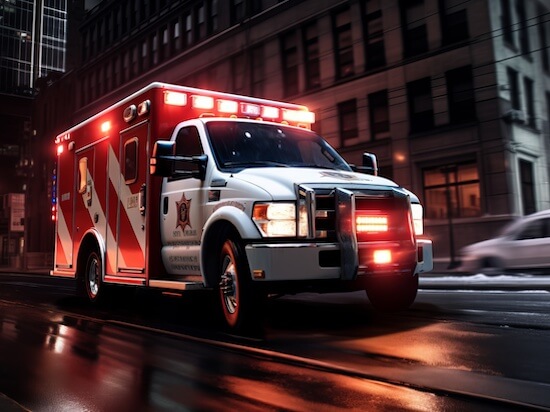
Color is something else that gets warped during the darker hours of the day. Nighttime driving affects how you recognize or interpret color as well as your peripheral vision. In other words, what you can see side to side, or up and down without actually moving your head. When you’re behind the wheel, peripheral vision is critical. Visibility when driving at night is reduced to about 250 feet for standard headlights, and 500 feet with high-beam on. 500 feet is about the length of a 50-story building or half a cruise ship!
A 50-year-old driver may need twice as much light to see as well as a 30-year-old, according to the American Optometric Association
Only 9% of driving takes place from sunset to sunrise
According to MoneyGeek’s study, only 9% of driving takes place from sunset to sunrise, but 49% of deadly accidents happen at night. On the other hand, 83% of driving happens during the day, with 47% of fatal crashes happening during daylight. As you can see, fatal crashes numbers are about the same for daytime and nighttime, but there’s nine times more driving during the daylight hours.
37% of deadly car accidents happen at night
As previously mentioned in this article, September to November marks more dangerous driving. Data shows 37% of deadly car accidents happen in the dark nights of October, by November that number goes up to 69%. Florida has over 70% of an increase in fatal accidents during those three months. In fact, Texas, Maryland, Louisiana, Connecticut, Delaware, and South Carolina all have an increased risk of deadly crashes during nighttime driving.
Tips to become a better driver at night
So how do make up for the effects of darkness at night? Keep a safe distance from other cars and motorists to give you enough time to react. Dim your dashboard light to help remove reflections on your windshield; this can increase visibility. Reduce speed to increase the effectiveness of breaking and avoiding a crash.
Never drink and drive, or take part in aggressive driving. Make sure you get a full night of sleep; a well-rested driver is more focused and alert. Always be aware of weather conditions as rain and snow affects conditions on the road which makes driving at night even more dangerous.
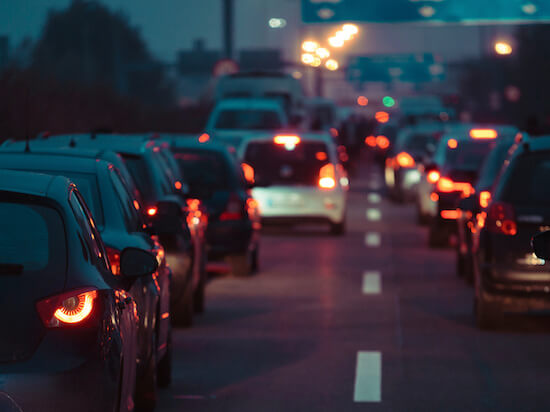
Vermont has the smallest difference in night and day driving fatalities
And don’t forget, always buckle up.
